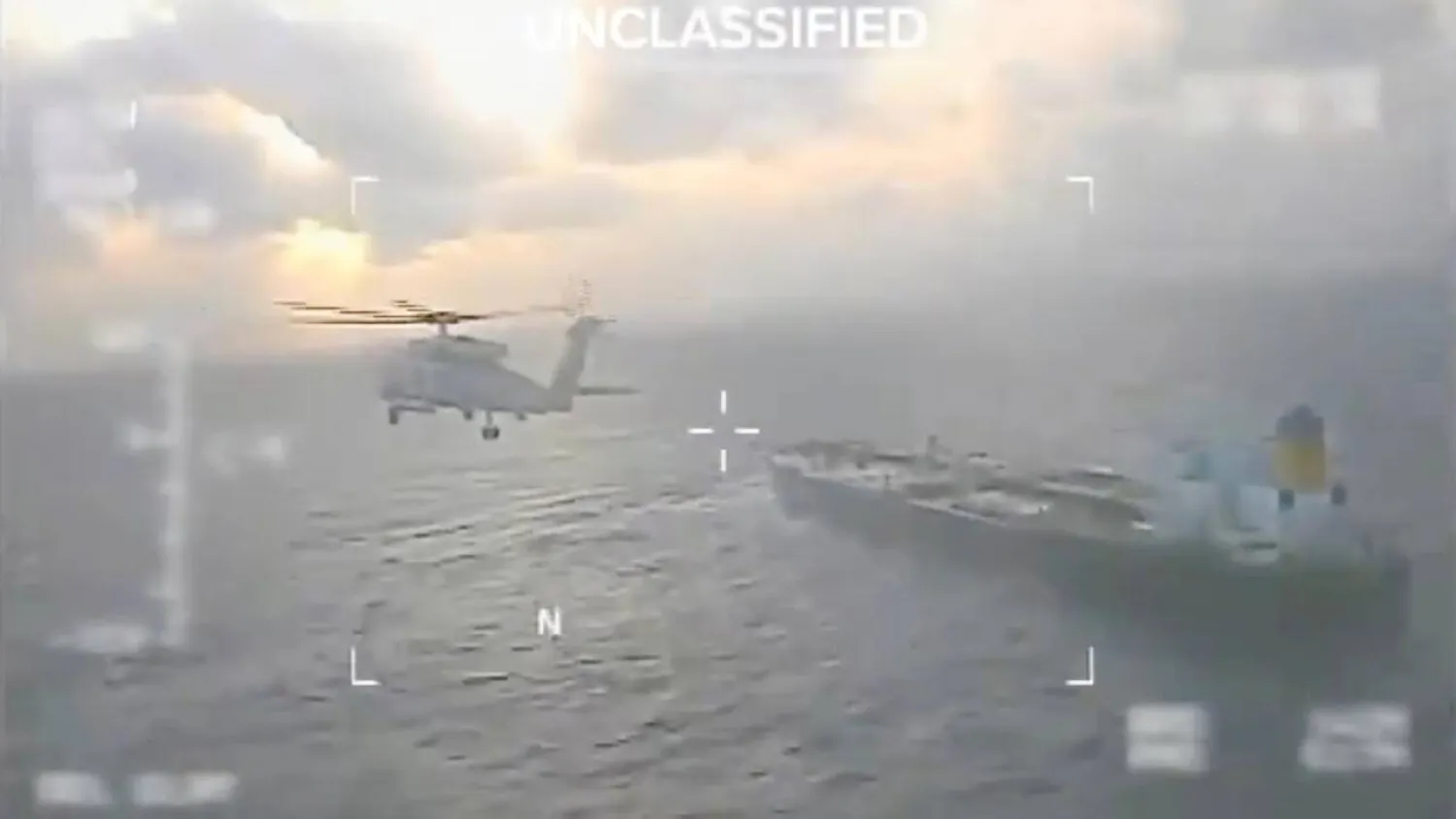The United States and China held theater-level commander talks for the first time on Tuesday, Chinese authorities said, amid efforts to stabilize military ties and avoid misunderstandings, especially in regional hot spots such as the South China Sea.
Washington seeks to open new channels of regular military communication with Beijing since ties sank to a historic low after the United States downed a suspected Chinese surveillance balloon last year.
Admiral Sam Paparo, head of the US Indo-Pacific Command, held a video telephone call with his counterpart Wu Yanan of the Southern Theater Command of the People's Liberation Army (PLA).
The US Indo-Pacific Command's areas of responsibility include the South China Sea and the Taiwan Strait, two hot spots for regional tension that are also flashpoints in US-China bilateral ties.
Both sides had an "in depth exchange of views on issues of common concern," the Chinese defense ministry said in a readout.
Paparo urged the PLA "to reconsider its use of dangerous, coercive, and potentially escalatory tactics in the South China Sea and beyond", the Indo-Pacific Command said in a statement that described the exchange as "constructive and respectful".
He also stressed the importance of continued talks to clarify intent and reduce the risk of misperception or miscalculation.
The call followed a meeting in Beijing last month between US National Security Adviser Jake Sullivan and Chinese leader Xi Jinping's leading military adviser, at which the talks were agreed.
US and Chinese troops were also taking part in large-scale military exercises led by the Brazilian Armed Forces this week in the Brazilian city of Formosa in the state of Goiás.
American and Chinese troops had not trained side by side since 2016, when Beijing participated in the Rim of the Pacific Exercise, or Rimpac, led by the US Indo-Pacific Command.
Most two-way military engagements between the US and China were suspended for almost two years after Nancy Pelosi, then speaker of the US House of Representatives, visited Taiwan in August 2022.
"I certainly worry about an unintended conflict between our military forces, an accident, an accidental collision," Nicholas Burns, the US ambassador to China, told the magazine Foreign Policy in an online interview.
Later this week, the United States plans to send a senior Pentagon official to a major security forum in China.









